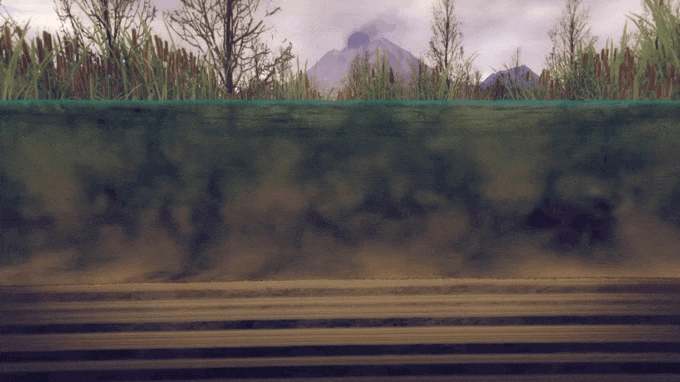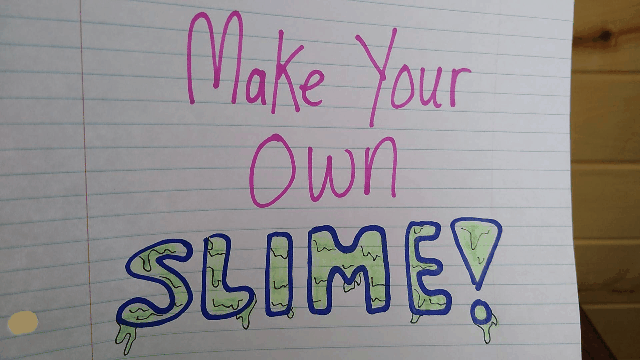
NPS Diatoms are Tiny!The lake houses many different living things or organisms. Some of them are so tiny, that you can't see them with the naked eye. Meaning, you can't tell what you're looking at without the help of a microscope.Diatoms are about 2 to 200 micrometers ( μm) in size. A micrometer is extremely small! It's a unit of measurement in the SI system (also known as the International System of Units), which is the standard form of the metric system. The metric system is different systems of measurement where length is based on the meter (m), mass on the gram (g), and volume is based on the liter (L). A micrometer or micron is 1 millionth of a meter or 1 μm equals 0.0000001 m, so diatoms are extremely tiny! 
NPS Facts about DiatomsThese tiny things are actually single-celled or unicellular algae and more specifically microalgae called diatoms. These microorganisms feed on the minerals and volcanic ash deposited into the lake and are some of the earliest records we have of freshwater algae.Since diatoms are unicelluar, they can either exist as single cells or in colonies. They can take the shape of stars, zig zags, fans, and ribbons. The structures of diatoms are unique because their cell walls are made out of silica (SiO2), which is its chemical formula describing the combination of the chemical element silicon and oxygen.This silica causes their cell walls to be dense allowing them to sink easily. Like plants, diatoms are able to convert sunlight into energy they can use through photosynthesis. Scientists use diatoms to study what the past and present environment was like, and they can even be used to study water quality. Make your own slimeDiatoms are what make parts of the lake slimy. Since we can't actually swim in slime, we're going to make our own slime!For this activity, have your parents permission and guidance. Supplies you'll need:

NPS / Astrid Garcia
Directions:
Now, decide where you want to go next.
Where to next?
|
Last updated: April 9, 2022
